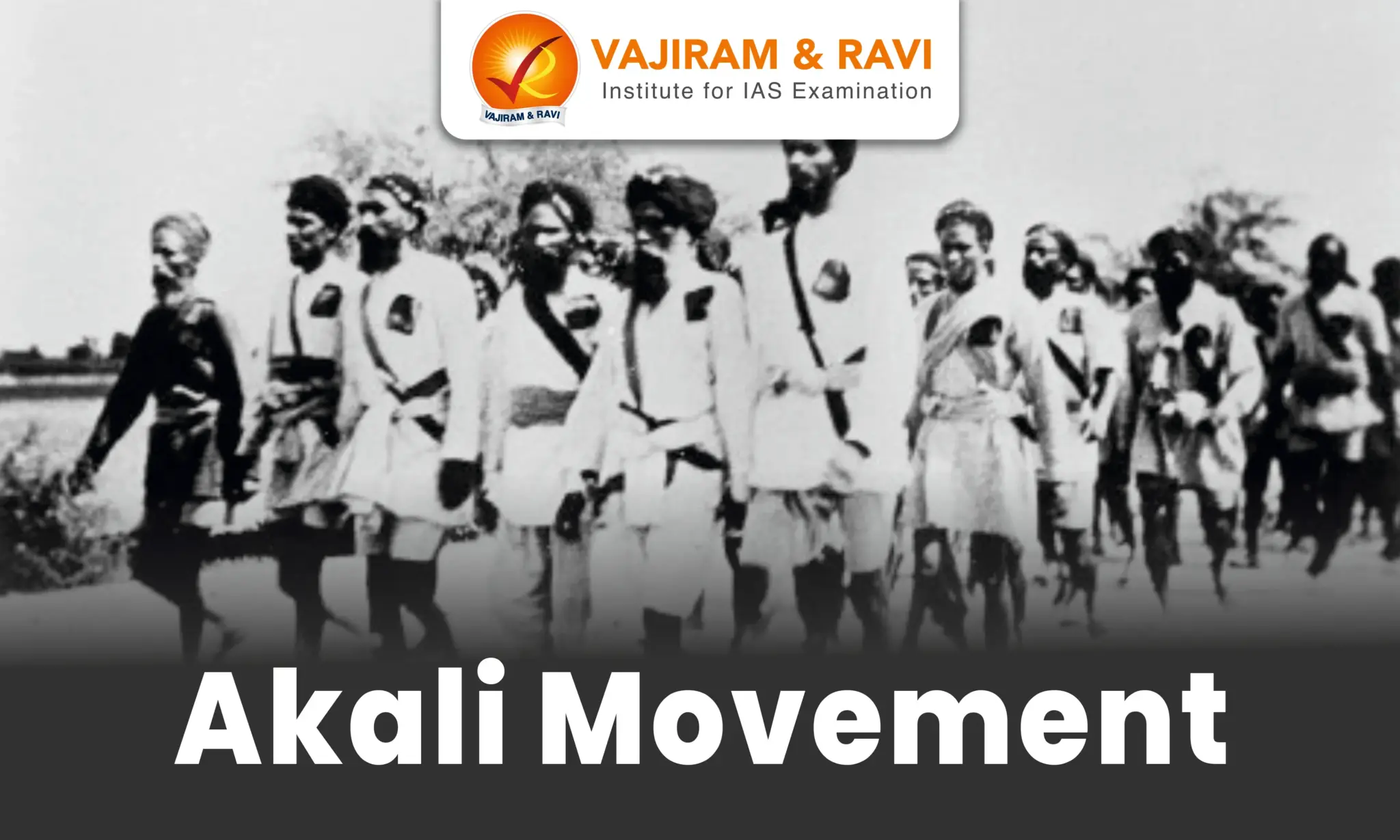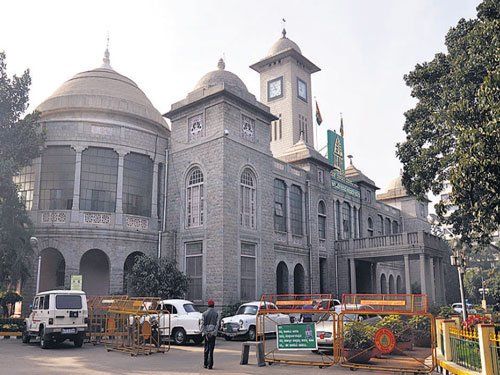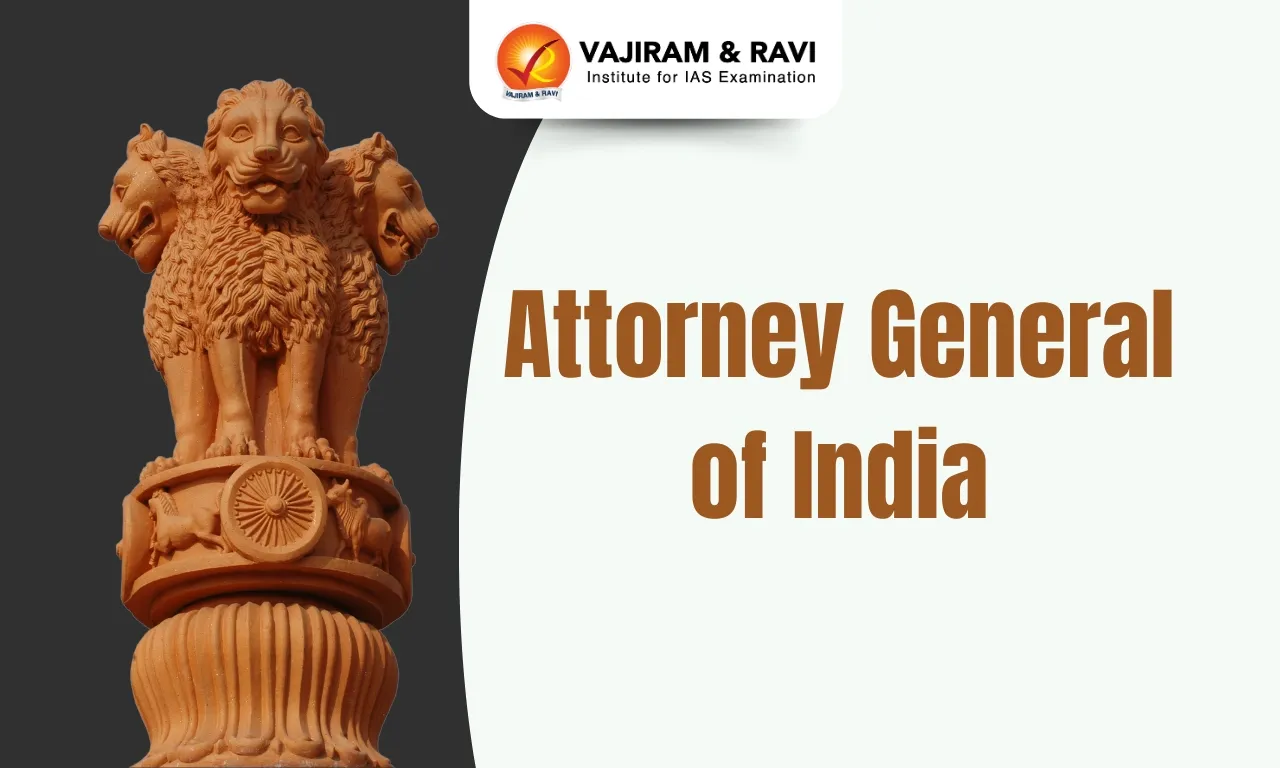The Akali Movement, also known as the Gurudwara Reform Movement, was a significant socio-religious campaign in early twentieth-century India that sought to liberate Gurdwaras, the Sikh place of worship, from corrupt mahants (priests) and return them to Sikh control.
The Akali Movement shaped modern Sikhism and had a profound impact on the Indian independence struggle, making it one of the most significant reform movements in Sikh history.
Akali Movement Background
The Akali movement of the 1920s began as a strictly religious movement to reform Gurudwaras, or Sikh holy temples, but quickly took on a political dimension and became an essential component of India's liberation struggle.
- The Akali Movement, also known as the Gurdwara Reform Movement, was a Sikh struggle in the early 20th century to regain control of their Gurdwaras. This nonviolent movement included marches, religious meetings, and protests, especially supported by rural communities.
- Gurdwaras were established by Sikh Gurus as places for worship, social education, and community support, promoting equality through shared meals (Langar).
- After Guru Gobind Singh's death, control of the Gurdwaras shifted to the Udasis, who claimed to follow Sikhism but did not strictly adhere to its symbols. While they initially helped maintain Gurdwaras, some Udasis settled as Mahants, attracting followers and accumulating wealth.
- Many Mahants strayed from Sikh values as their incomes grew from jagirs, engaging in corrupt practices like stealing offerings, which diminished the sanctity of the Gurdwaras.
The Akali Movement aimed to return these religious sites to the Sikh community, ensuring they were managed according to Sikh principles. The Akalis, named after the Akal Takht (the highest Sikh authority), led this movement, advocating for Sikh governance over their religious institutions.
Akali Movement Founder and Leadership
The Akali Movement (Gurudwara Reform Movement) was initiated by prominent Sikh leaders, including Kartar Singh Jhabbar, who organised non-violent protests, and Baba Kharak Singh, who rallied support for the movement's goals, uniting the Sikh community to regain control of their religious sites.
- Role of Sardar Bahadur Mehtab Singh: Sardar Bahadur Mehtab Singh was a key leader of the Akali Movement. He played an important role in the "Keys Affair" and joined protests like the Guru-ka-Bagh Morcha. Mehtab Singh resigned from the Punjab Legislative Council and was arrested several times for his involvement in the movement.
- Baba Kharak Singh: An early leader of the movement, he served as the president of SGPC and the Central Sikh League and was instrumental in leading protests against British interference.
- Master Tara Singh: He was a leading figure in the Akali movement and a strong advocate for Sikh rights. He played a significant role in shaping the Shiromani Gurdwara Parbandhak Committee (SGPC). He was the first General Secretary of the SGPC and later its President for several terms.
Akali Movement Launch
The Akali Movement officially began in 1920 with the formation of the Shiromani Gurdwara Parbandhak Committee and the Shiromani Akali Dal. It demanded Gurudwara control.
- Sikh Demand for Gurdwara Control: In the early twentieth century, Sikhs began to demand the return of Gurdwaras to the Panth. They peacefully took control of several Gurdwaras, including the Golden Temple, and agreed to form a central religious organisation to oversee Gurdwara's management.
- Government’s Neutral Stance: Initially, the British government remained neutral towards the Gurdwara Reform Movement, hoping to keep Sikhs from joining the Non-Cooperation Movement.
- Adoption of Non-Cooperation: On October 19, 1920, the Central Sikh League adopted Non-Cooperation, prompting the British to worry about extremist control. In response, the government formed a provisional committee for Gurdwara management, led by loyalists like Harbans Singh Atari.
- Creation of SGPC: The Shiromani Gurdwara Prabandhak Committee (SGPC) was formed on November 15, 1920, at a conference at Akal Takhat to oversee Gurdwaras. The government allowed SGPC’s takeover, including the Golden Temple, due to its loyalist leadership.
- Formation of Shiromani Akali Dal: Established on December 20, 1920, the Shiromani Akali Dal aimed to reform Gurdwaras through moral pressure. Though independent, it typically followed SGPC directives and consisted mainly of Sikh Jat peasants, craftsmen, labourers, and retired soldiers.
Factors Responsible for the Akali Movement
Several factors contributed to the emergence of the Gurudwara Reform Movement. Misuse of shrine funds and problems of Gurudwara, such as corrupt practices of Mahants, were the primary factors responsible for the Akali Movement.
- Misuse of Shrine Funds: The Akali Movement emerged due to Mahants misusing shrine funds, amassing wealth from tax-free jagirs and converting Gurdwara assets for personal use, which contradicted Sikh teachings.
- Gurudwara Problem: Corruption among mahants, who lived lavishly off temple donations, fueled the Akali Movement. With British backing, they excluded Sikhs from the national movement, escalating tensions that culminated in the Nankana massacre of Akali protesters.
- Revival of Sikh Identity: The late 19th and early 20th centuries saw a resurgence of Sikh identity and a renewed emphasis on the distinctiveness of Sikh religious practices, which were seen as under threat from both internal decay and external pressures.
- Influence of Reform Movements: The Akali Movement was part of a broader wave of religious and social reform movements across India, which sought to purify religious practices and assert community rights in the face of colonial rule.
Akali Movement Significance
The Akali Movement played a crucial role in Sikhism and the Indian independence movement, fostering confidence in nonviolent resistance and restoring control of gurdwaras to the Sikh community while strengthening their identity and leading to the Sikh Gurudwara Act of 1925.
- Contribution to Freedom Struggle: The Akali Movement instilled confidence in the Indians that the British could be forced to meet their legitimate demands through a nonviolent mass movement. It brought the Akali Dal and the Congress leadership very close to each other, giving a significant boost to the freedom movement in Punjab.
- Restoration of Sikh Control: The Akali movement successfully restored the Sikh community's control of gurdwaras, ensuring that these institutions were managed according to Sikh religious principles.
- Strengthening Sikh Identity: The SGPC and the Akali Dal provided the institutional and organisational structure to respond to the aspirations of the newly mobilised Sikh masses while also serving as a training ground for the emerging Sikh.
- Legislative Success: The Akali movement culminated in the passage of the Sikh Gurudwara Act of 1925, which legally recognised the SGPC's authority over Sikh religious sites.
Sikh Gurudwara Act of 1925
The Punjab Legislative Council passed the Sikh Gurudwara Act of 1925, which marked the end of the Sikh people's struggle from 1920 to 1925 to reclaim control of their places of worship from the mahants or priests. It granted the following rights:
- The Sikh community was granted the legal right to manage Gurudwaras, effectively ending Mahants' hereditary control over them.
- It established democratic control of the Gurudwara administration.
- According to the Act, any Sikh, regardless of caste, may be elected to any position, including President of the SGPC.
- Sikh women were granted the same voting rights as men, and they were allowed to perform all religious and social duties at Sikh shrines.
Last updated on December, 2025
→ Check out the latest UPSC Syllabus 2026 here.
→ Join Vajiram & Ravi’s Interview Guidance Programme for expert help to crack your final UPSC stage.
→ UPSC Mains Result 2025 is now out.
→ UPSC Notification 2026 is scheduled to be released on January 14, 2026.
→ UPSC Calendar 2026 is released on 15th May, 2025.
→ The UPSC Vacancy 2025 were released 1129, out of which 979 were for UPSC CSE and remaining 150 are for UPSC IFoS.
→ UPSC Prelims 2026 will be conducted on 24th May, 2026 & UPSC Mains 2026 will be conducted on 21st August 2026.
→ The UPSC Selection Process is of 3 stages-Prelims, Mains and Interview.
→ UPSC Result 2024 is released with latest UPSC Marksheet 2024. Check Now!
→ UPSC Prelims Result 2025 is out now for the CSE held on 25 May 2025.
→ UPSC Toppers List 2024 is released now. Shakti Dubey is UPSC AIR 1 2024 Topper.
→ UPSC Prelims Question Paper 2025 and Unofficial Prelims Answer Key 2025 are available now.
→ UPSC Mains Question Paper 2025 is out for Essay, GS 1, 2, 3 & GS 4.
→ UPSC Mains Indian Language Question Paper 2025 is now out.
→ UPSC Mains Optional Question Paper 2025 is now out.
→ Also check Best IAS Coaching in Delhi
Akali Movement FAQs
Q1. Who was the leader of the Akali movement?+
Q2. What does Akali mean?+
Q3. What is the Gurudwara Reform Act 1925?+
Q4. What was the Sikh reform movement?+
Q5. Which was the first morcha of Gurdwara Reform Movement?+
Tags: akali movement quest

















